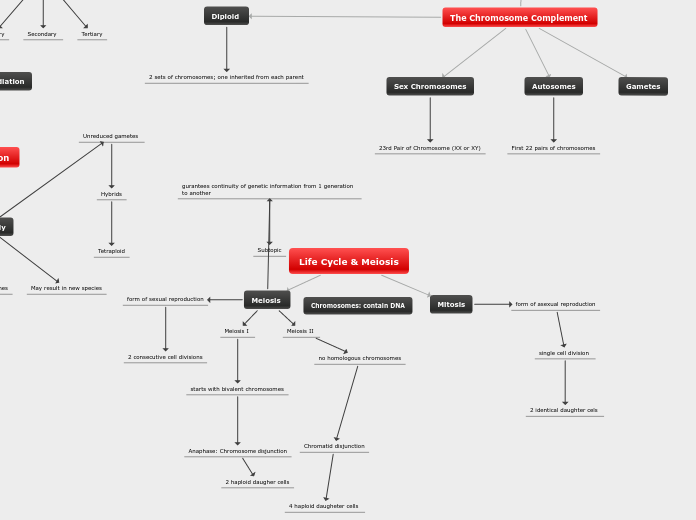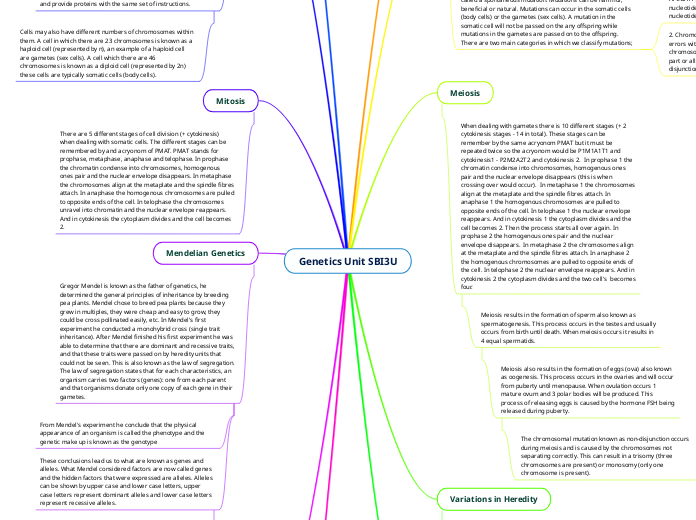Unit 2: how is continuity of life maintained?
Area of study 3:
the influence of social, economic, legal and ethical factors relevant to the selected biological issue.
the nature of evidence and information: distinction between opinion, anecdote and evidence, weak and strong evidence, scientific and non-scientific ideas; and validity, reliability and authority of data including sources of possible errors or bias.
the use of data representations, models and theories in organising and explaining observed phenomena and biological concepts and their limitations.
the biological concepts specific to the investigation: definitions of key terms; use of appropriate biological terminology, conventions and representations.
the characteristics of effective science communication: accuracy of biological information; clarity of explanation of biological concepts, ideas and models; contextual clarity with reference to importance and implications of findings; conciseness and coherence; and appropriateness for purpose and audience.
Area of study 1: How does reproduction
maintain the continuity of life?
Sexual reproduction
The biological advantage of sexual reproduction, specifically the genetic diversity in offspring
The key events that result in the production of gametes from somatic cells
The significance of crossing over of chromatids between homologous chromosomes in prophase 1 and the non-dividing of the centromere in metaphase 1
How an offspring from two parents has a unique genetic identity
Che cell cycle
The key events in the phases (G1, S, G2, M and C) of the eukaryotic cell cycles
Characteristics of the sub-phases of mitosis (prophase, metaphase, anaphase and telophase) and cytokinesis in plants and animal cells
The rapid procession of prokaryotic cells through their cell cycle by binary fission
Derivation of all cells from pre-existing cells through completion of the cell cycles
Asexual reproduction
Emerging issues associated with cloning
Applications in agriculture and horticulture
The biological advantages and disadvantages of asexual reproduction
The types of asexual reproduction
Fission, budding, vegetative propagation and spore formation
Cell growth and cell differentiation
The disruption of the regulation of the cell cycle through genetic predisposition or the action of mutagens that gives rise to the uncontrolled cell division
Cancer and abnormal embryonic development
The consequences of stem cell differentiation in human development
The development of germ layers, types of tissues formed from
germ layers and the distinction between embryo and foetus
The types and function of stem cells in human development
The distinction between embryonic and adult stem
cells and their potential use in the development of medical therapies
Area of study 2: How is inheritance
explained?
Pedigree charts, genetic cross outcomes
and genetic decision-making
The nature and uses of genetic testing for screening of embryos and adults, and its social and ethical implications.
The inheritance of two characteristics as either independent
or linked, and the biological consequences of crossing over linked genes.
The determination of genotypes and predictions of the
of the outcomes of genetic crosses including monohybrid
crosses, and monohybrid test crosses.
Pedigree charts and patterns of inheritance including
autosomal dominant, autosomal recessive, X-linked
and Y-linked traits.
Genomes, genes and alleles
The role of genomic research since the Human Genome
Project, with reference to the sequencing of the genes of many organisms, comparing relatedness between species, determining gene function and genomic applications for the early detection and diagnosis of human diseases.
The genome as the sum total of an organism's DNA
measured in the number of base pairs contained in a
haploid set of chromosomes.
The distinction between a genome, gene and allele.
Genotypes and phenotypes
Qualitative treatment of polygenic inheritance as contributing to continuous variation in a population, illustrated by the determination of human skin colour through the genes involved in melanin production or by variation in height.
The relative influences of a genetic material, environmental factors and interactions of DNA with other molecules (epigenetic factors) on phenotypes.
The distinction between a dominant and recessive phenotype.
The use of symbols in the writing of the genotypes for the alleles present at a particular gene location.
Chromosomes
Presentation of an organisms set of chromosomes as a karyotype that can be used to identify chromosome number abnormalities
Down's, Klinefelter's and Turner's syndromes in humans
The role of chromosomes as structures that pack DNA, their variability in terms of size and the number of genes they carry in different organisms, the distinction between an autosome and a sex chromosome and the nature of a homologous pair of chromosomes as carrying the same gene loci









